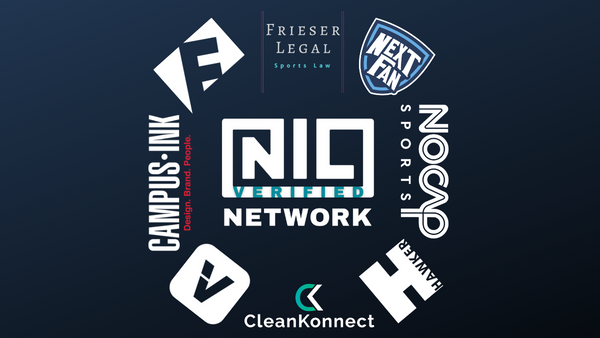Guaranteed Maximum Price
One common contract type for construction projects in Utah is a contract with a guaranteed maximum price, often called a “GMP Contract.” These contracts have a number of key provisions. Whether you are a property owner, contractor, architect, financing partner, or otherwise connected to construction in Utah, it is critical to understand the basics of this type of contract, how it works with a project and the rights and obligations of the different parties connected to it. Owners and contractors should also carefully consider issues surrounding the price, and how to protect themselves as much as possible via up-front diligence.
Basics of a GMP Contract
A GMP contract should always include some basic, foundational information. First, both parties must be clearly identified, along with residence (if an individual) and state of formation (if an entity), and signature blocks should reflect the name and title of any officer executing the document on behalf of the entity. The contract should list the name and address of the project, and specify a very clear scope of the work to be performed by the contractor. If there will be multiple contractors on the project, the scope should delineate who will perform what, and how the contractors will work together and stay out of each other’s way, as applicable.
Often, a GMP contract will include several different documents, such as a short basic agreement that incorporates a separate General Conditions document; drawings for the project prepared by the architect; any addenda and relevant exhibits; and any modifications or amendments to the contract documents.
The contract should include a completion date or fixed timeline for the completion of the project, as well as a provision for a written notice to proceed with the work from the owner to the contractor. Also, giving the agreement type its name, the contract will include a promise or guarantee from the contractor that the total contract sum will not exceed a specific amount, called the guaranteed maximum price, and provide that the contractor will not be entitled to any amount in excess of this maximum price. The price is usually calculated by adding the total cost of the work to be performed under the agreement, plus the contractor’s fee, typically a percentage of the total cost of the work.
The Guaranteed Maximum Price and Potential Problems
It is critical for both the contractor and property owner to ensure that the price is reasonable and doable in the timeline set forth. The architectural drawings should be complete (or as complete as possible), and the contractor must perform its due diligence ahead of time to make sure that it can perform. Since the contractor will normally not be able to be paid more than the GMP, its profit margin will be lowered or even destroyed if the price goes over. The owner is at risk as well, since many contractors will not be able to afford to continue to work on a project with major price overruns, and the project may be substantially delayed if the original contractor does not complete it as planned.
If the contract is properly created, then of course an owner ought to have legal recourse, which is generally to sue the contractor to recover the cost of damages to the owner. Typically, what occurs is that a contractor stops doing work on a project when it becomes apparent that the cost will be substantially higher than the GMP. The owner and contractor fight over what to do, causing delays with the unfinished project. If they cannot reach an agreement, the owner must find another contractor to finish the project. Any increase to the cost for the owner is considered “damages,” and the owner may seek them in court, perhaps via insurance money from policies the contractor was supposed to get. But lawsuits often drag on for years, and if the damages are big enough, they can bankrupt a contractor – which would place the owner as just one of the contractor’s creditors in a bankruptcy filing. It is also possible that if a contractor failed to perform its due diligence properly, it may not have obtained the insurance it was supposed to, or the insurance company may be able to mount a successful defense. Any of these can leave an owner without much money to recover even if it wins the lawsuit against the contractor.
It is far better to avoid these problems with good diligence practices at the beginning – ensuring that drawings and plans are properly made; being certain that the agreement being signed covers all of its bases; double checking insurance policies; and generally making sure that the contractor has the capability of performing. These steps become even more important for an owner if it has bid a project out to several different contractors and one has come in with a price far lower than the others. This might, of course, signify a good deal for the owner, but it might also signify a contractor that does not realize exactly what it will cost to perform and who may not have the resources to finish the contract or pay damages to an owner.
Enlist a Utah Real Estate Attorney
Our deep Utah real estate law knowledge can help you with all aspects of your real estate needs. Whether you are seeking to buy, sell, develop, or research real property in Utah, or have a dispute with another person or entity, we are available to discuss your options and answer your questions at an initial free, thirty-minute consultation. Call us at (801) 477-6838 for a free consultation. You can also email Ben at benjamin.beasley@freemanlovell.com, fill out a contact form below, or set up an appointment to meet at our offices. We look forward to helping you.





